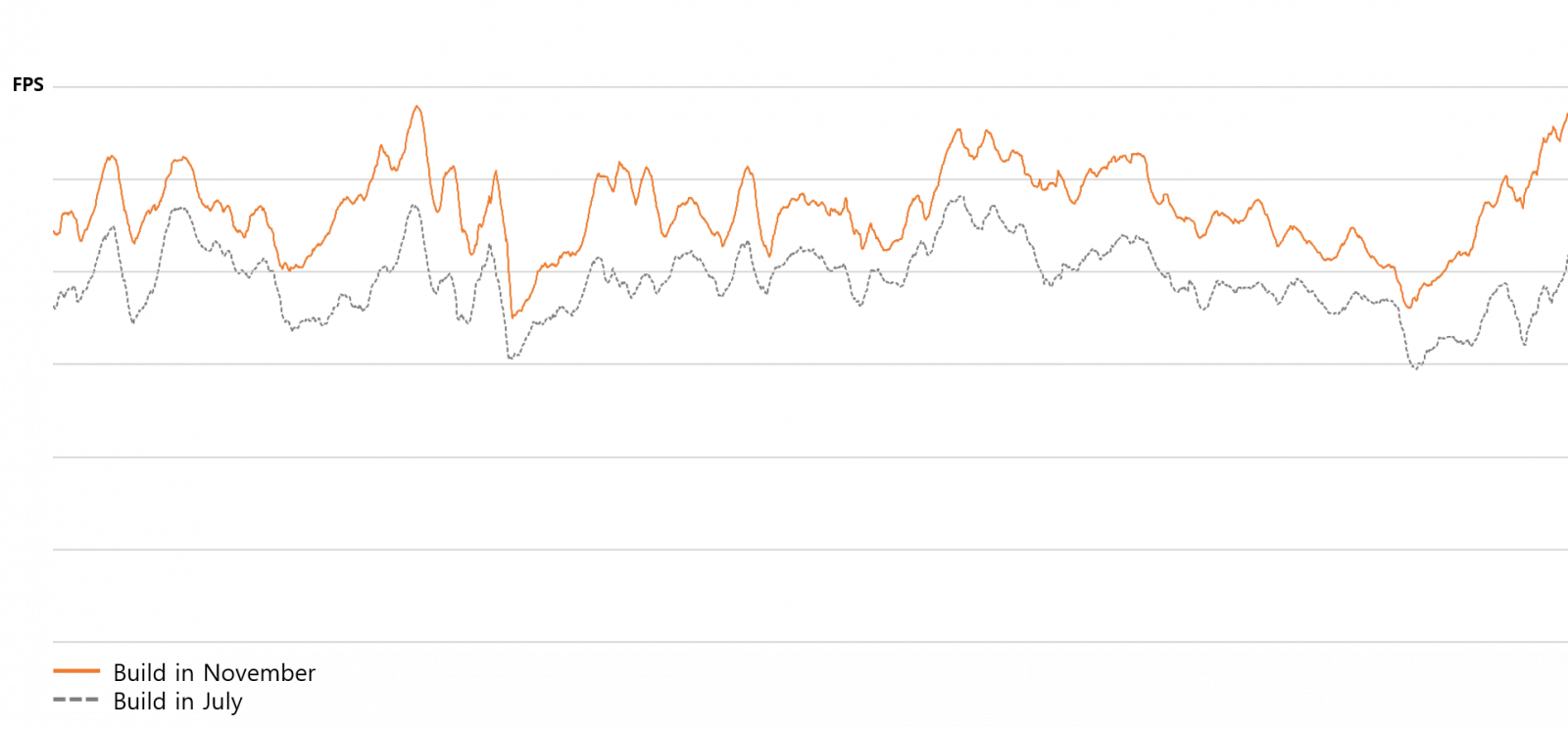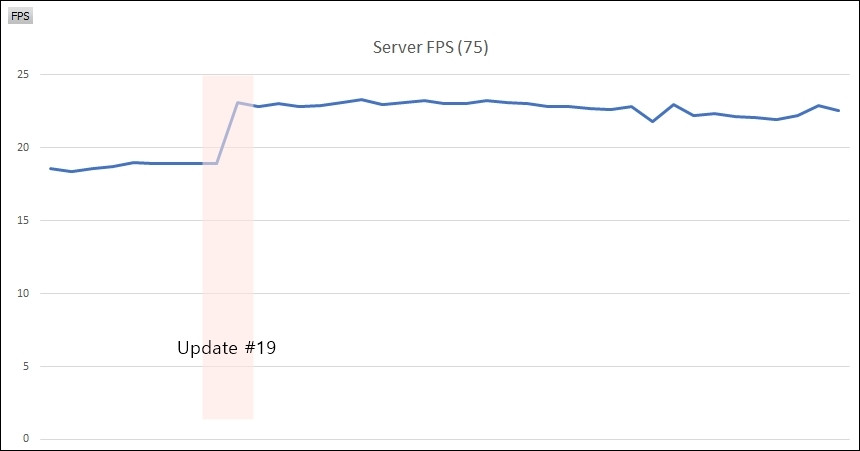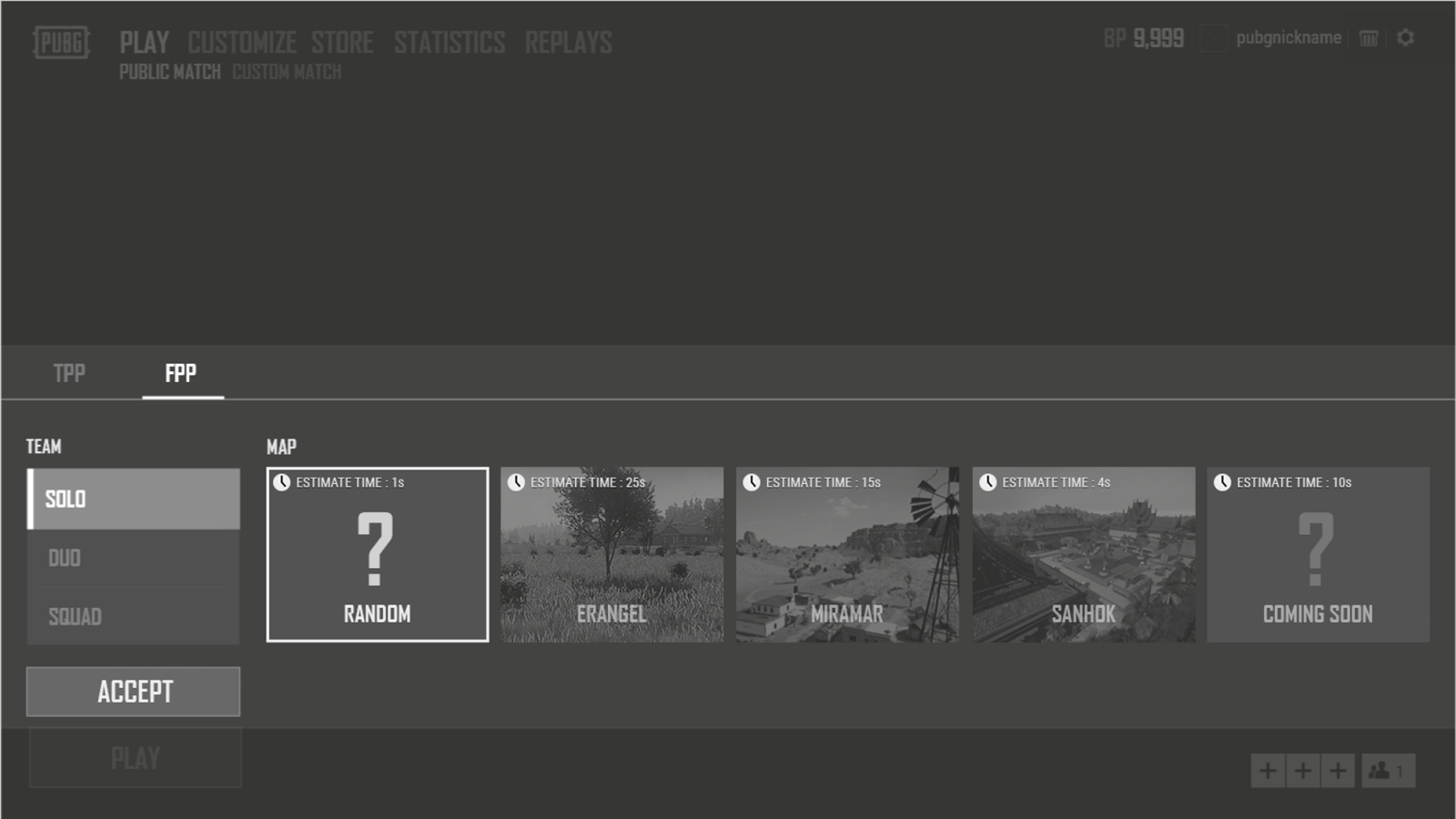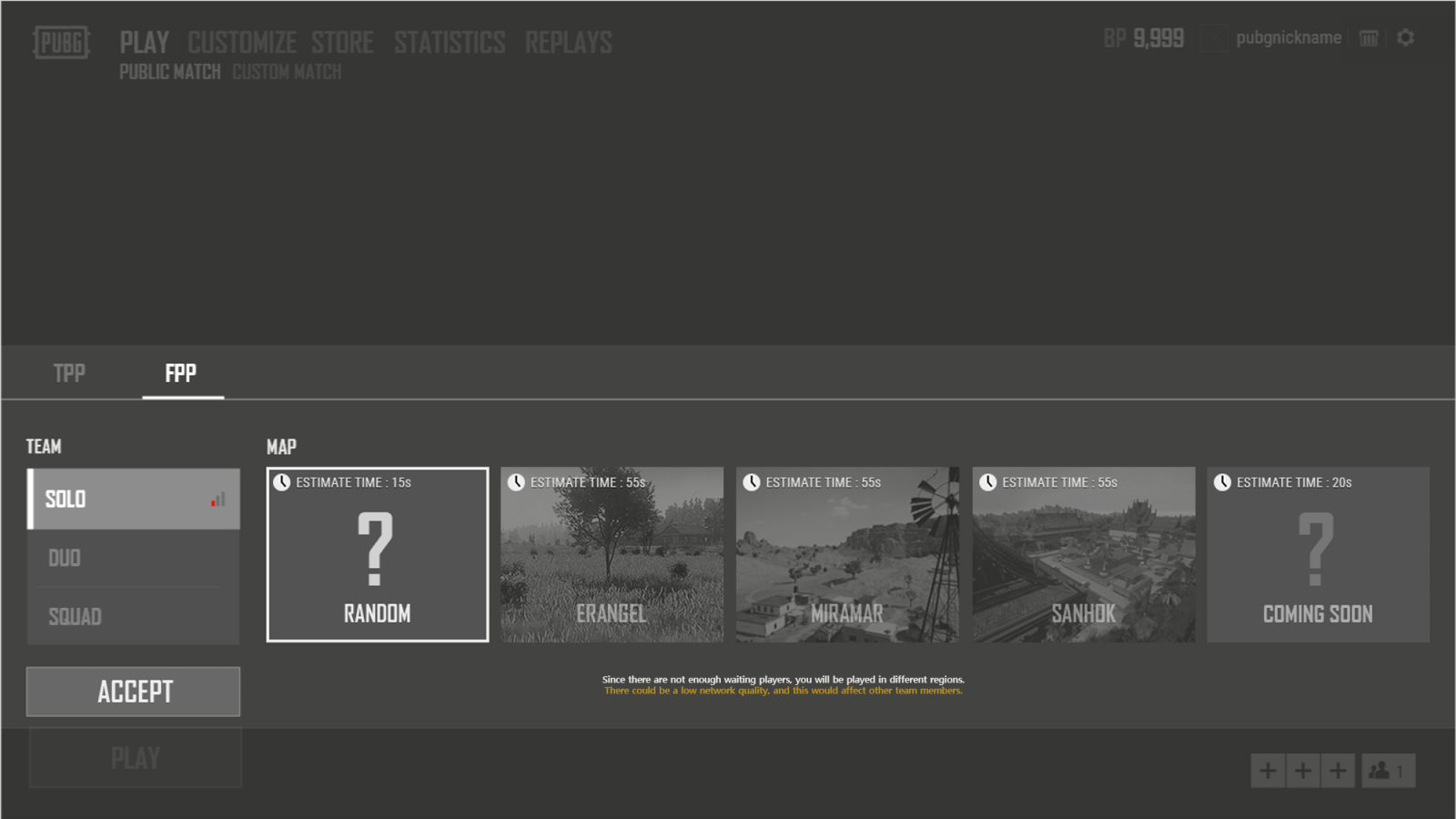Dev Letter: FIX PUBG Campaign
Hello everyone,
Since the start of the FIX PUBG campaign, the dev team at PUBG has prioritized tasks around improving core performance of the game while fixing longstanding bugs. To accomplish these tasks within our allotted time frame, all available dev resources were assigned to the campaign. However, due to several new stability issues that arose apart from FIX PUBG, we wanted to hold off on completing the campaign these last few weeks while we worked on resolving those issues. We understand that timely communication with you is important and will always look for ways we can improve. I apologize to the players on behalf of the Dev team for the postponement until now, but while we’re a little late from the posted FIX PUBG schedule, we still feel it’s important to share the results of this campaign.
At the start of the campaign, the most important elements we had in mind are as listed below. We have worked on increasing the quality of PUBG based on largely these four topics. We will go over the state of each category as well as what we still plan to improve upon.
- Provide the best gameplay experience possible through client and server performance optimization
- Ensure fair gameplay with more efficient anti-cheat solutions using all available means
- Smarter and faster matchmaking through improved matchmaking logic
- Fix bugs that degrade the experience while applying long-requested QOL improvements
During this campaign, one of our key goals was optimization, with the main focus on delivering a smooth and seamless gaming experience, especially in certain gameplay situations that could greatly affect your chances of winning/losing (such as early battles after parachute landings, close combat in the last Blue zone, etc.). While the overall game-wide optimizations, such as increasing normal frames, were minimal, the performance optimization for specific situations as mentioned above was quite impactful. We have analyzed the effects of our performance improvements on frame rate by using level benchmark profiling, and as the chart shows, FPS has increased in November’s build when compared to July.
Level Benchmark Profiling
To explain a little more in detail, we have optimized level streaming and decreased the burden that comes with level loading while moving. Compared to before, the average time to load 1 level has dropped significantly from 14.4 seconds to 5.6 seconds. Our work on optimizing “Physics Creation” is still ongoing and we plan to apply those fixes after running a final test around the end of December.
By optimizing game effects, we have reduced the load caused when multiple effects are activated at the same time. We have also begun optimizing frame rate drop issues on specific effects such as smoke. Environmental effects, vehicle destruction effects, hit effects and smoke effects have been improved and we are planning to add improvements on weapon related logic and effects as well.
Regarding character related optimization, we have seen unfortunate side effects caused by movement optimization, such as footstep sound bugs and desync. Of course, we place player experience as the top priority even if that means we lose out on a part of optimization. This does not mean we have given up on character movement optimization, though. We are preparing general optimization work and once it has gone through proper stability testing, we will apply it once again.
In a Dev Letter[www.pubg.com] last August, we talked about server performance. As of Update #19, we have improved the early game server performance, which had the lowest performance of each match, and increased the average FPS by more than 20%, which we are happy to have maintained on similar levels.
Below you see the graph for NA’s average server FPS after Update #19.
NA’s average server FPS after Update #19
Our current goal is to maintain a server tick-rate of 30 from the start to finish of the match. As the server tick-rate increases, the actual ping time is reduced and instances of desync are also mitigated. Since it is still a hot topic in the community, we plan to continue to focus heavily on this goal.
I’d also like to explain the desync issues that occurred during the FIX PUBG campaign a little more in-depth. When the issue arose, we analyzed server logs as well as the many videos you shared with us. The strangest among the reported instances were the desync issues that occurred even with low ping. After having traced the source of this issue, we discovered that there was a bug in one of the character movement optimizations that were implemented to increase client performance. As many of you noticed, this bug has been fixed as of the November 7 patch, which has been reported to greatly reduce instances of desync for many players.
Desync can still occur and has a greater chance of happening when ping is high or there is a high variance in ping between players. This makes proper matchmaking all the more important, which I will go into in the next section. Having so many variables can sometimes make issues difficult and hard to anticipate, but we will continue our efforts to ease server related problems wherever we can to reach our 30 server frames per second goal while ensuring smooth and precise gameplay.
Below, I’ve outlined our current goals for Matchmaking.
- Provide a stable gaming environment by matching players with similar Ping.
- Provide a fair gaming environment by matching users with a similar skill level (in relation to MMR, not Rank).
- Set-up for players using the same language to be placed on the same team.
- Ensure large-scale play with 100 players to maximize the fun of the Battle Royale experience.
- Minimize wait times as best as possible while fulfilling the above requirements.
As you can see, the matchmaking in PUBG is somewhat complex, and requires quite a few variables to work how we want it to. Making a change to improve one aspect can very often lead to new problems somewhere else.
We consider the matchmaking issues that occurred after Patch #22 to be in similar nature. As outlined in our Dev Letter[www.pubg.com] from last October, this problem has been largely solved, but that patch alone is not enough to find the right balance in matchmaking.
Here are the steps we’re considering to improve this.
- Provide better matchmaking queue information for all map/mode options
- Let players select the best choice based on their personal judgment in regions/time zones where the matching pool is insufficient.
- Ensure that maps & modes are running smoothly.

Matchmaking screen when playing in a good ping environment
Matchmaking screen when playing in a bad ping environment
*The above images are examples. Actual UI will likely be different.
We are considering a matchmaking UI overhaul so players can more easily recognize the estimated wait time for matchmaking and the current ping. With an improved matchmaking UI based on personal preferences, players will be able to play in their desired environment and game mode/map, even if matching takes a little longer. In the end, we want to provide useful information for players to judge the situation and make the choice between wait time and optimal performance themselves if the matchmaking pool doesn’t allow for both.
Of course, these improvements do not mean simply changing only the UI, but also need to be accompanied by technical aspects for support such as a function that can measure the average ping value as accurately as possible. Until we are able to provide you with the best matchmaking method, we will focus on aspects of the system we can help now.
Our fight with unauthorized programs can only be compared to a never-ending battle. Such a fight can be exhausting but we have already made great strides, banning over 2 million accounts during the FIX PUBG campaign alone. We will continue to improve system analyses and monitoring, policy, and new anti-cheat solutions, while at the same time exploring external solutions such as police investigations and legal action. While breakthroughs and improvements aren’t ever fast enough to eradicate all cheating, our mission remains the same; to never back off in the fight against unauthorized programs.
We are constantly banning unauthorized programs by analyzing and utilizing data from various logs. In addition, we are developing our own anti-cheat solution to prevent the use of unauthorized programs. We expect to have something to share on this in the near future.
For some organizations, bans and countermeasures aren’t enough to dissuade the production of these programs. In some regions, we have been able to work with local law enforcement to arrest the groups involved in the production and sale of unauthorized programs and we will continue to aid authorities in any way we can. We are also finishing preparations for hardware bans to permanently remove stubborn players who refuse to play fair. These bans will begin soon and will target players who continue to cheat on new accounts.
There is much more I can go into on this topic, but there are other things to discuss related to the FIX PUBG campaign. We will speak more on the subject of anti-cheat in a separate Dev Letter.
We began the FIX PUBG campaign with 100 bugs and QOL improvements to tackle and everything in this category has been completed. I don’t say this to ask for praise, rather we are disappointed that this list was 100 items in the first place.
From a developer’s perspective, bugs are elements that occur continuously at any time, but we understand that anything that affects your gameplay takes away from the fun you have with our game. We have put more of an emphasis on the QA process for our builds and are planning to secure even more resources for a smoother QA process.
We are always grateful for the players who take time to submit bug reports with us. In order to process these kinds of bug reports more efficiently, we are preparing a new system that enables players to submit and track the progress of bugs through a new website. We are now in the final stages and our goal is to release this before the end of the year, after running all necessary stability/functionality tests.
The direction of Xbox and PlayStation development will parallel with PC, continuing to focus on providing our console players a more refined game service to give the best experience. We'll update any other detailed information regarding future plan of PUBG on console as well.
Throughout our game’s journey, our main goal was to provide you new content quickly, while supplementing Battle Royale gameplay. We acknowledge that in this process, we have overlooked issues that matter to you and we have reflected a lot on our mistakes. Something like this requires not only considerable effort, but extra care to ensure that bugs remain fixed and do not impact anything else.
Therefore, when designing the 2019 PUBG roadmap, we’ve changed our direction from this last year. Build stability and quality are now our most important value, and upon that base we will build new Battle Royale gameplay and new content. At first, this is likely to slow down our build cadence, but as these processes become more proficient, we hope to provide new content as fast as before, while maintaining our new stability and quality-first goal. While we cannot say how long this will take, we promise you that we will give our best efforts to reach this stage as quickly as possible.
Three months have passed since the announcement of the FIX PUBG. We know there are many things to improve upon, but we do have a sense that we more accurately feel what you, the players want and need. While this is the end of the FIX PUBG campaign, we will go forward in our development, improve our processes, and redouble our efforts with the lessons learned.
As always, thank you for your continued support and passion for our game.







Comments